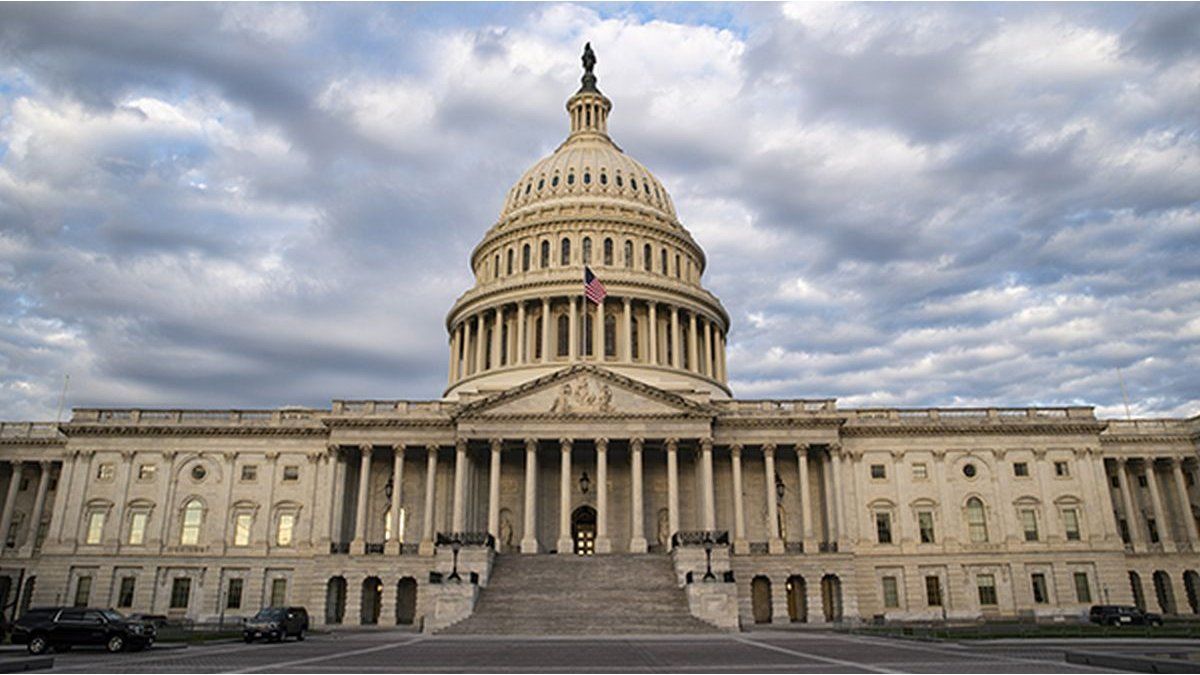Endorsed by the IMF, this policy seeks to neutralize market pressures on the dollaranticipating what the government considers “speculative attacks.” The recent approval by the agency of a disbursement of US $ 2,000 million, equivalent to DEG 1,529 billion, has reinforced this strategy, providing support to Milei’s economic management, but also highlighting the tensions on the exchange front.
All this happens within a broader movement. As already mentioned, the Minister of Economy, Luis Caputohas implemented A tactical turn to avoid resorting to the sale of reservesfocused on attacking excess liquidity in pesos-the so-called “world-pees”-, through measures such as the rise of 40%bank lace, record interest rates, debt tenders carried out by the Treasury, Reset of Expectations and a New Financing Plan in Bonds called pesos but subscribed in dollars.
In addition, at a novel point, but that could stress the peso market, the IMP has urged the government to actively involve BCRA in a process of accumulation of reservations with a foreseeable currency purchase calendara recommendation that seeks to strengthen the external position and sustain the credibility of monetary and exchange policy. In an electoral context where the market, with its proven ability to climb exchange barriers, tests the solidity of the scheme, the Government seeks to shield its strategy to avoid exchange leap that destabilizes the economy.
Dollar and change in play rules
In recent statements, he was the Secretary of Finance, Pablo Quirnowho slipped that, from now on, the government will not only resist, but will anticipate market movementssimilar to how Israeli technology detects and neutralizes threats. With the wholesale dollar at $ 1,364, only 6.6% of the $ 1,450 ceiling, the margin is narrow and the pressure is evident. In the market they believe that the exchange rate has approached dangerously to the upper limit of the band, unleashing speculation about whether the BCRA, led by Santiago Bausili, must also activate its reserve arsenal. According to an operator of the City, “the market will be testing the dome because it doubts its ability to resist; investors see the dollar about $ 1,450 and prefer to dollarize before electoral uncertainty.”
Among the many elements that will seek format expectationsthe meeting with the IMF allowed to make the accumulation goals more flexible – the objective was reduced by 2025 in US $ 5,000 million – and grant the Government Government Margin to prioritize pre -election stability, but also exposing the fragility of net reserves, which barely reach US $ 7,000 million despite purchases for US $25,000 million in 2024.
The Central Bank must teater in the battle of the dollar
The IMF emphasized that a Forecasting Calendar of Buying Currencies by the BCRA It is crucial to reinforce market confidence and avoid excessive dependence on defensive interventions. Recently, Quirno has vehemently defended this strategy, ensuring that The BCRA is ready to intervene if the official dollar reaches the roof of $ 1,450, but emphasizing that the measures to absorb weights are sufficient to neutralize the pressures before they impact. In a recent statement, Quirno said that “pesos are left over and market confidence is key,” justifying the 65% rates and 40% lace as tools to “anchor expectations and avoid shocks.”
However, his statements have generated skepticism, with criticisms that accuse him of improvisation. These statements reflect the tension between official rhetoric and a market that, in pre -electoral periods, has demonstrated a notable skill to overcome exchange restrictions, as in 2019 and 2021, when electoral uncertainty amplified the pressure on financial dollars, even challenging the most robust defenses. As mentioned, A key pillar of this “Quirno dome” is the rise of 40% bank lacewhich acts as a preventive shield, immobilizing 40% of the deposits in the BCRA without remuneration and restricting the ability of banks to provide or invest in pesos.
This measure, combined with the last placement of $ 9 billion in letters and treasure bonds at a record rate of 65% annual – which only covered 76% of the $ 11 billion in maturities – seeks to dry the liquidity in pesos and discourage the demand for dollars. In addition, the government works on an ambitious plan to obtain additional financing through bond tenders called pesos but subscribed in dollars, with the aim of canceling debt that expires between August 2025 and January 2026 for an equivalent amount Au $ 10,000 million.
Non -forced errors
In the market they believe that this mechanism, which allows investors to enter dollars in exchange for instruments in pesos, seeks to capture foreign exchange currencies and investment funds to strengthen reserves, while reducing pressure on the official exchange rate. However, according to an operator of the City, “these bonds are a risky bet, because investors require guarantees that the exchange rate will not fall apart before maturities.”
The elimination of short -term liquidity letters (LEFI) at the beginning of the year, which amplified the available liquidityIt is seen as an “unprofty error” that fed the exchange pressure, forcing the BCRA to intervene with rates at high rates and operations in the futures market, contradicting the official non -intervention discourse.
They argue that the combination of real rates in historical maximums, lace at 40% and the new bond emissions has not been sufficient to dissuade investors, who prefer to dollarize before the expectation of an implicit exchange rate above the roof of the band. According to an operator of the City, “the market does not believe in the ceiling of $ 1,450 because it knows that, in electoral contexts, parallel dollars always end up pushing the officer.”
The pressure intensifies by the perception that the BCRA, with limited net reserves, may not have the necessary fire power to sustain prolonged intervention. In addition, analysts point out that the recent rise of the wholesale dollar, which accumulated 14% in July, responds not only to electoral uncertainty, but also To the lack of a clear tax anchorwhich feeds devaluation expectations.
The risks of the measures underway
However, associated measures lead to significant risks. 40% lace They make credit morewhich could aggravate the economic slowdown in a context where inflation, although in low according to the IMF, averages levels above 2% monthly according to private consultants. The recent tender left $ 2 billion without absorbing, a surplus who could feed the pressure on the dollar. The bond plan subscribed in dollars, although innovative, faces the challenge of attracting investors in a context of high uncertainty, where confidence in the stability of the exchange rate is fragile.
Luis Caputo has attributed exchange volatility to factors such as “Kuka risk” And political uncertainty, defending that the band scheme allows these oscillations without a direct impact on prices. However, in the market they believe that the lack of efficacy of monetary tools, combined with the historical propensity of the market to exploit weaknesses in electoral periods, could force the government to an exchange adjustment before planned, especially if the gap between financial dollars and the officer continues to expand.
The disbursement of US $ 2,000 million, aimed at recapitizing the BCRA, together with the Expectation of additional flows of the World Bank, IDB and CAF, seeks to strengthen the external position. However, the agency warned that a foreseeable calendar for currency purchase is essential to accelerate the accumulation of reserves and maintain exchange flexibility, stressing that a clear communication will be crucial to sustain political consensus in an electoral year. In the City, the opinions are divided: on the one hand, they point out that market expectations are “disagree”, while others value the transparency of Caputo by detailing the agreements with the IMF.
Source: Ambito




